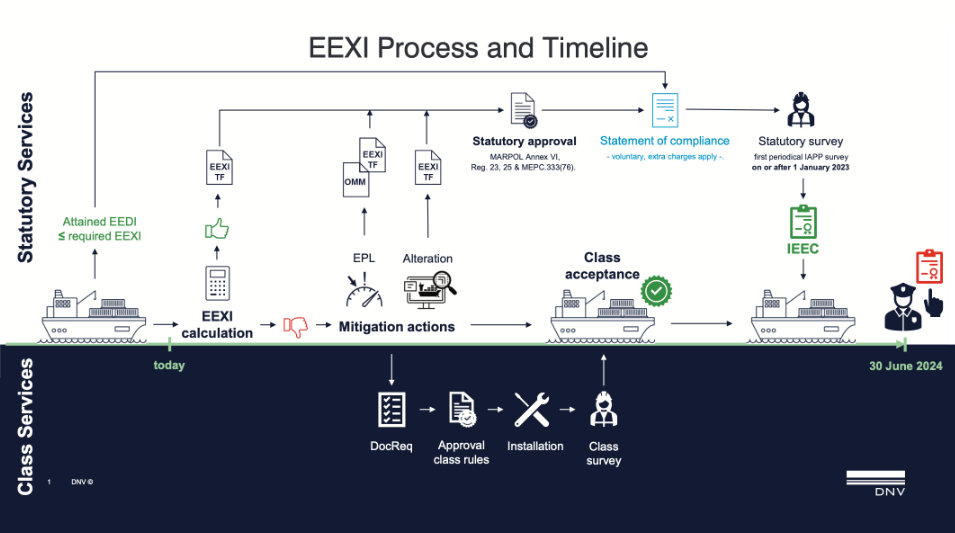
27 Sep The Concept of CII EEXI Regulations – Part 2
Following on from our last article where we introduced the concept of EEXI and CII regulations which are coming into force in 2023, Valeriy Gorobiy, our Vessel Performance Manager, here discusses possible ways of reducing carbon emissions onboard.
He also explains how accurate reporting can assist in monitoring these emissions and provide ship staff with further assistance to ensure we are all following the best possible practices to lower our greenhouse gas (GHG) emissions.
How is Uniteam Marine monitoring the GHG emissions of the fleet?
Utilising the reporting platform offered by StormGeo, I am able to get notified as soon as conditions onboard change or the vessel exceeds predetermined thresholds. This gives a common operational picture of what is happening on- board, making it easier to act quickly and make decisions which could affect mandatory environmental regulations.
Can you give some examples of what is being reported?
Yes, for example we can see that one of our vessels in the fleet is reporting that the exhaust gas temperatures are above normal limits, indicating that some maintenance is likely required to efficiently run the engines and that the vessel also regularly operates two generators when only one generator should cover the load available.
A couple of other vessels are showing that they are using too much fuel against optimal baseline. This could indicate that the hull is fouled, that the most optimal trim is not being utilised or simply that the baseline figures taken from the sea trial data are not accurate.
Finally, another vessel regularly shows that the specific fuel oil consumption (SFOC) for the generators is too high. This again potentially shows that some maintenance is required, or some fine-tuning is needed on the automatic voltage regulator.
What are the plans to comply with the incoming EEXI regulations in 2023?
Discussions are currently underway with owners regard- ing the fitting of engine power limiters (EPL) onboard all vessels. There are a couple of different options for how to achieve this, but the basic principle is the fuel rack is blocked, either electronically or mechanically.
There is an override system in place to allow the engine to be brought back up to full speed in case of emergencies but there are strict procedures and reporting requirements around this.
Valeriy Gorobiy, Vessel Performance Manager
